Ukraine's President Volodymyr Zelenskiy made a significant call to action, urging his allies to draw funds from frozen Russian assets to support Ukraine's military efforts. This move comes as the ongoing conflict between Ukraine and Russia continues to escalate, with both sides suffering significant losses.
According to recent estimates, the total value of frozen Russian assets worldwide stands at approximately $300 billion. This figure includes assets seized by Western countries in response to Russia's invasion of Ukraine, as well as assets frozen by international organizations such as the International Monetary Fund (IMF). Zelenskiy's proposal aims to tap into these frozen assets to provide much-needed financial support to Ukraine's military.
The idea of using frozen Russian assets to support Ukraine's military has been met with a mixed response from European allies. Laura Cooper, a former US deputy assistant secretary of defense, noted that while using these assets would be "symbolically important," it would require a unified stance from European allies. Cooper also suggested that the US could focus on supporting Ukraine's long-range drone production, which would be a more effective way to bolster the country's military capabilities.
In terms of market impact, the proposal to draw funds from frozen Russian assets is likely to have significant implications for the global economy. The use of these assets could potentially disrupt Russia's access to international financial markets, further exacerbating the country's economic woes. However, it could also lead to a surge in demand for Ukrainian assets, potentially driving up their value.
The background of the conflict between Ukraine and Russia is complex and multifaceted. The two countries have been embroiled in a bitter dispute over Ukraine's sovereignty and territorial integrity since 2014, when Russia annexed Crimea. The conflict escalated in 2022, when Russia launched a full-scale invasion of Ukraine. The war has had devastating consequences for both countries, with widespread destruction, displacement, and loss of life.
Looking ahead, the future outlook for Ukraine and Russia remains uncertain. The use of frozen Russian assets to support Ukraine's military could potentially shift the balance of power in the conflict, but it is unclear whether this would be enough to bring about a lasting resolution. As the situation continues to evolve, one thing is clear: the global economy will be closely watching the developments in Ukraine and Russia.
In related news, the US has announced plans to phase out the penny, citing the rising cost of production and the need to reduce waste. This move is expected to have significant implications for the US economy, particularly for businesses that rely heavily on cash transactions. The decision has been met with a mixed response from lawmakers, with some arguing that it would be a step towards a more efficient and modern economy, while others have expressed concerns about the potential impact on low-income households.
As the world grapples with the complexities of the conflict between Ukraine and Russia, one thing is clear: the use of frozen Russian assets to support Ukraine's military is a significant development that will have far-reaching implications for the global economy.
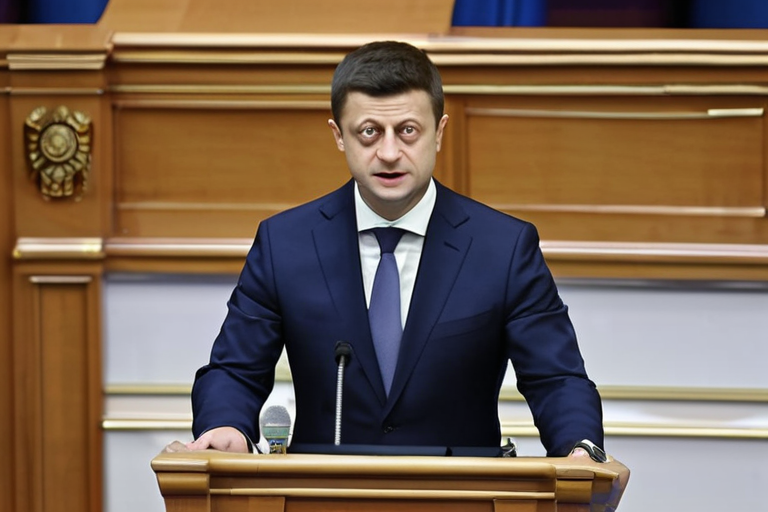


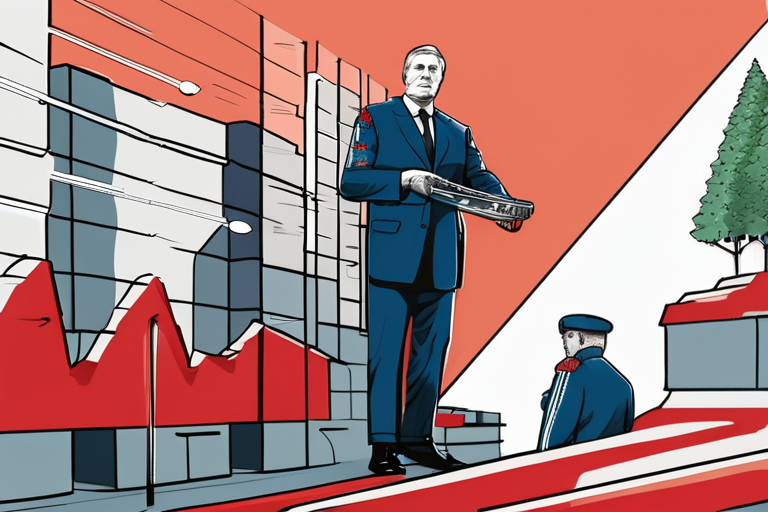

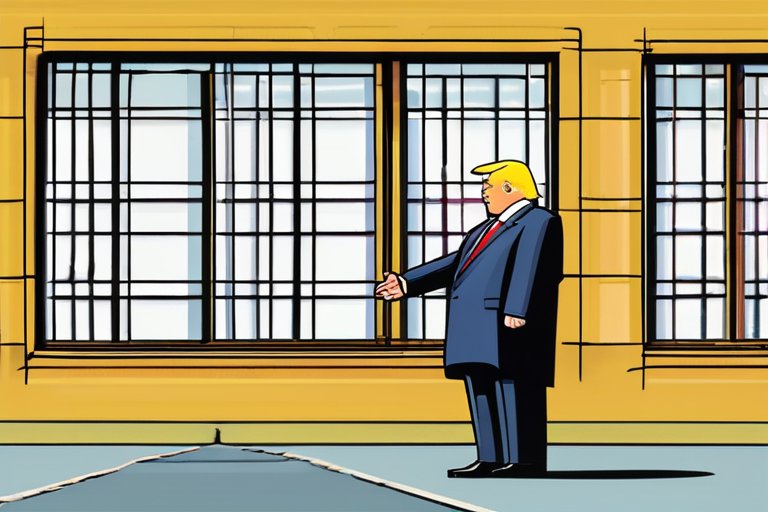
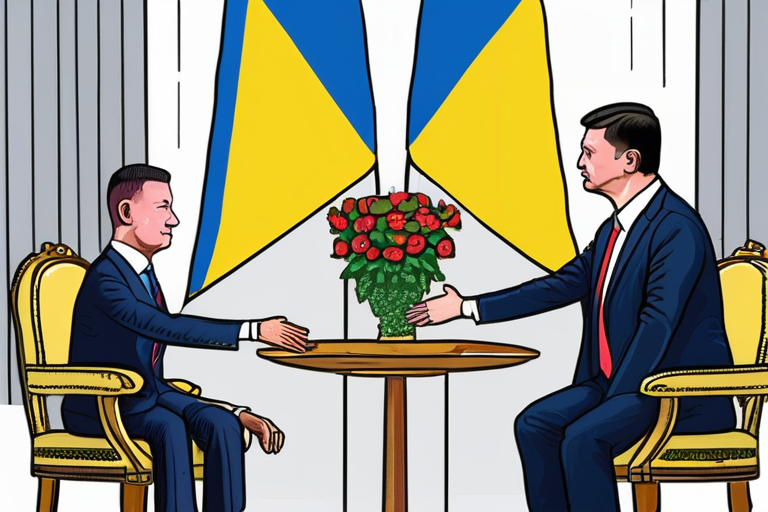


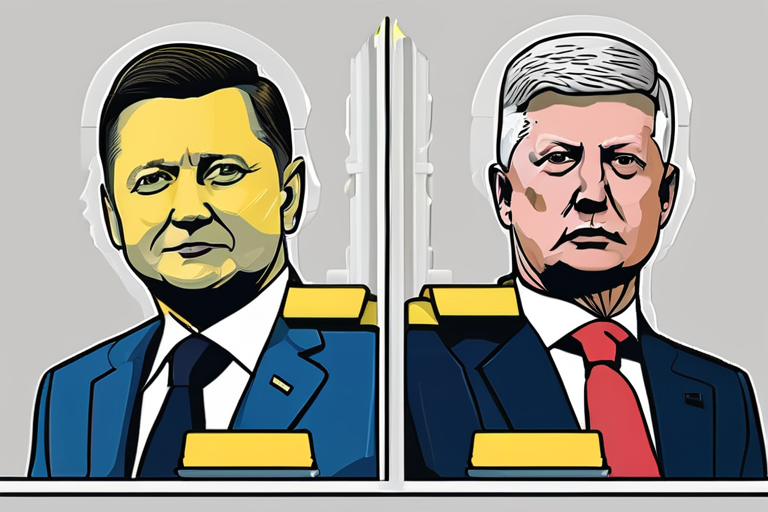
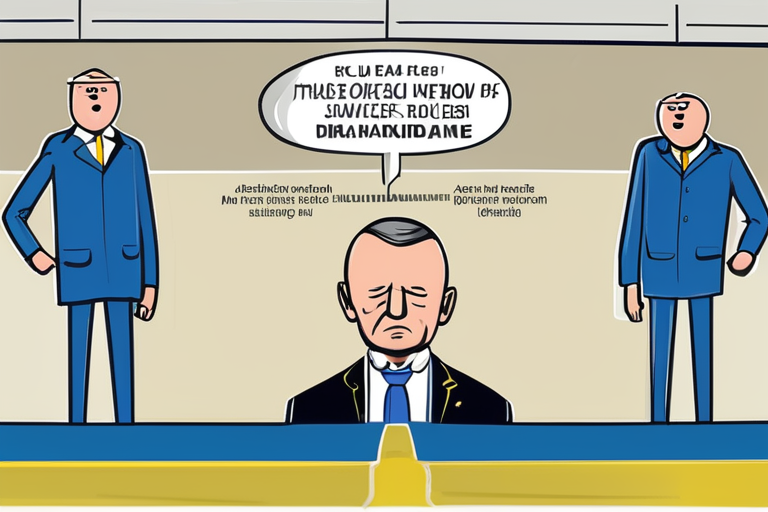
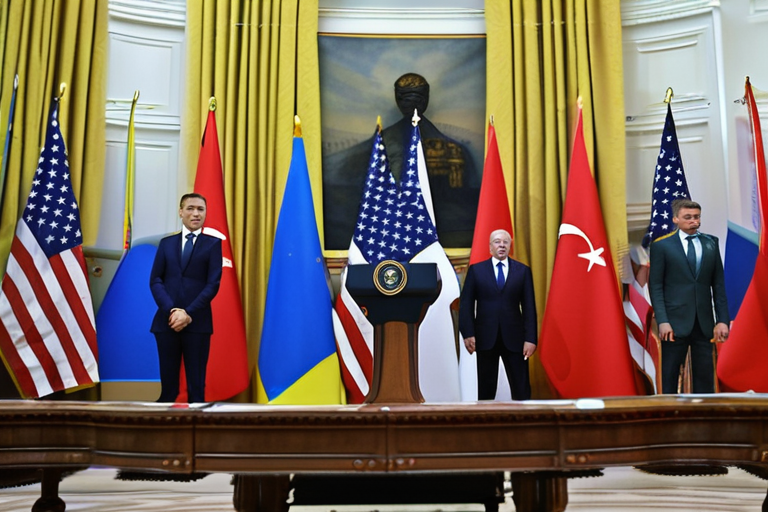
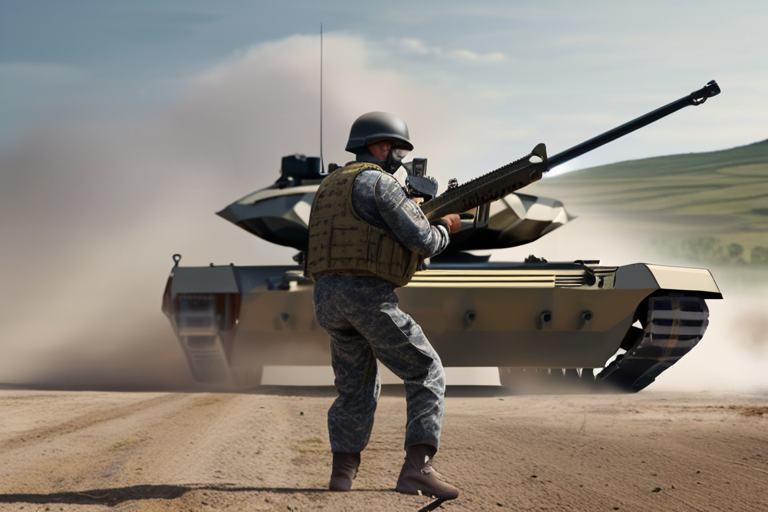

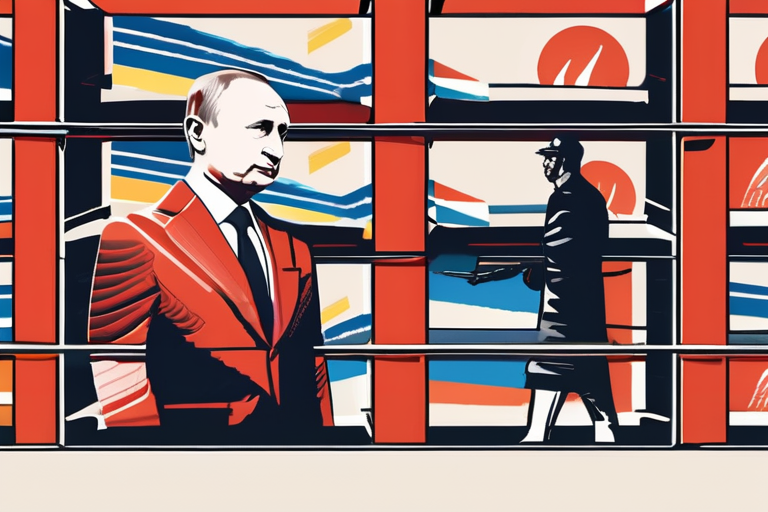

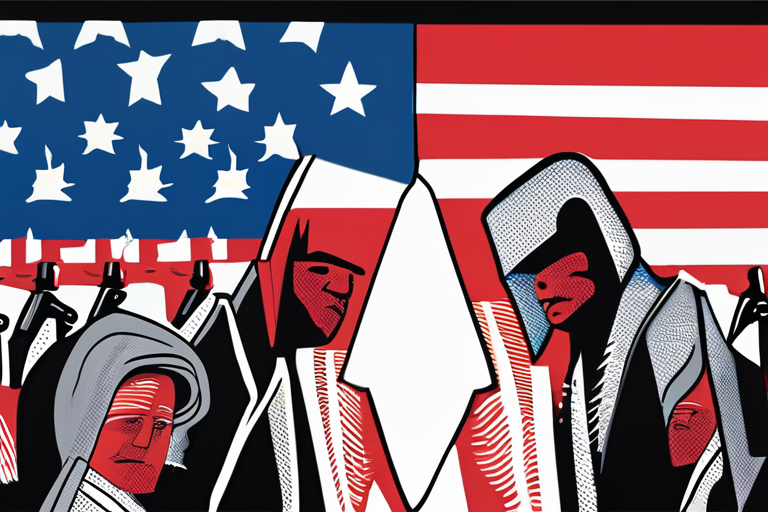
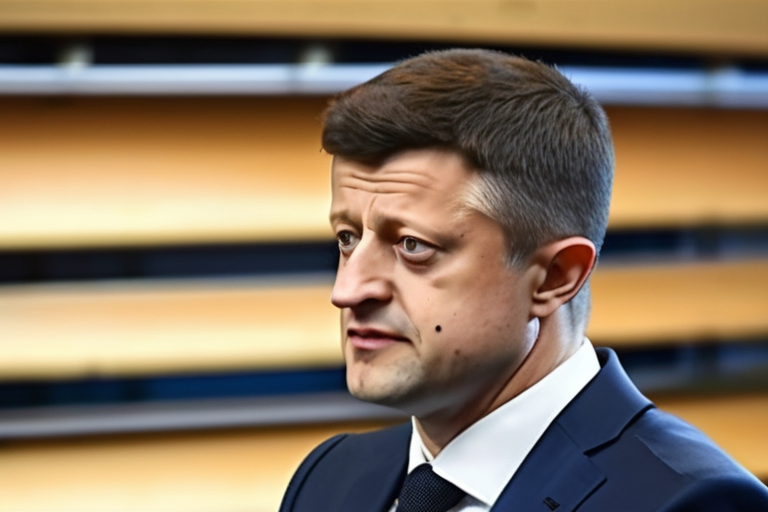


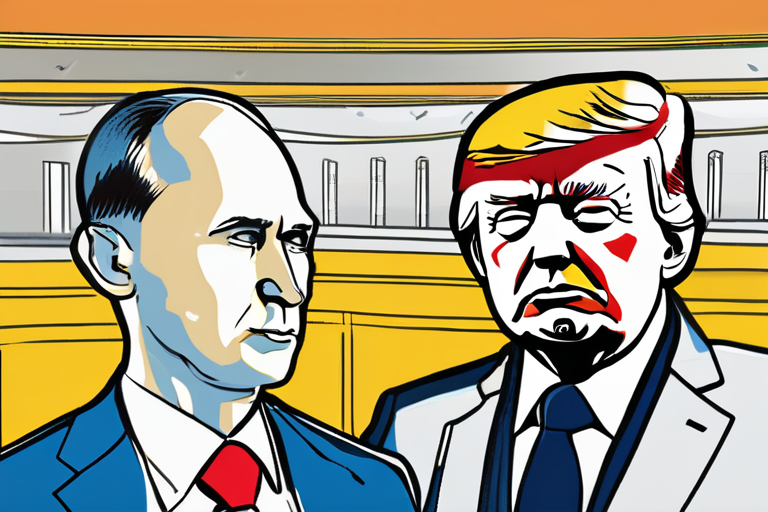

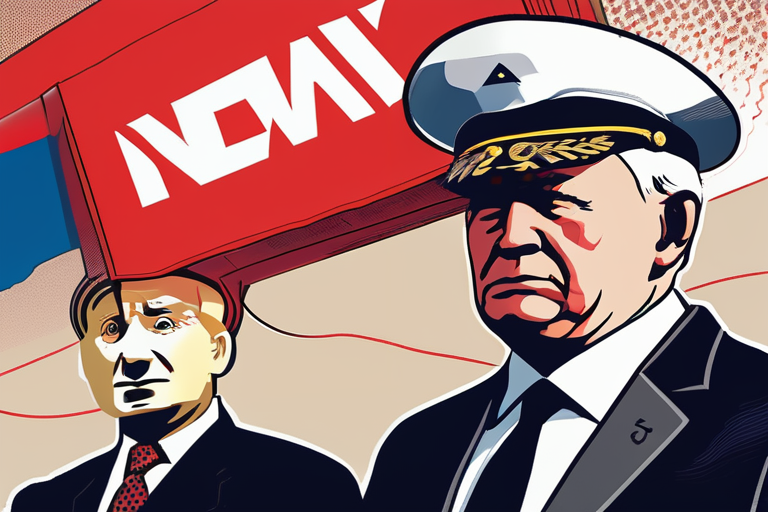
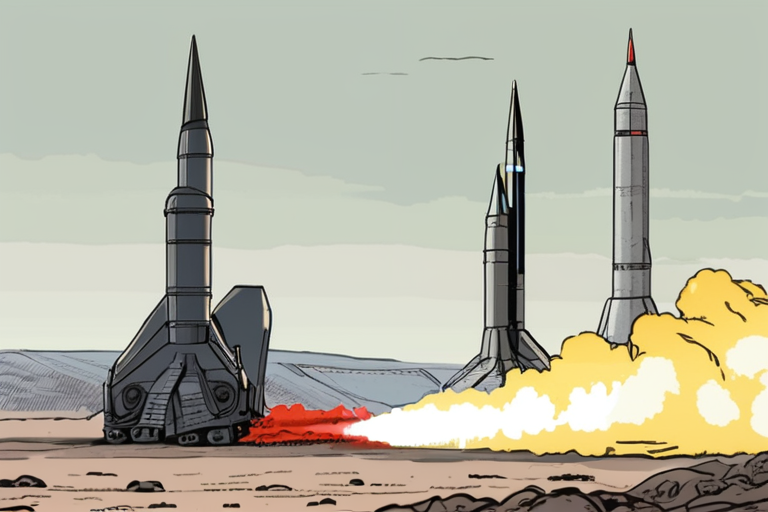


Share & Engage Share
Share this article